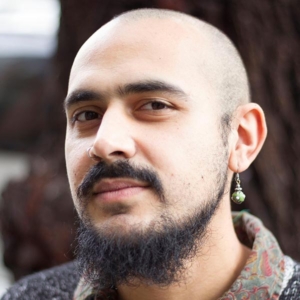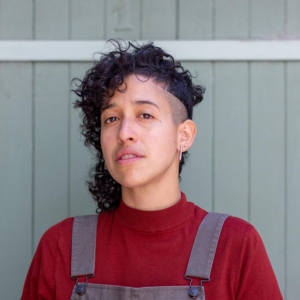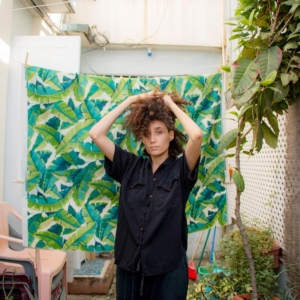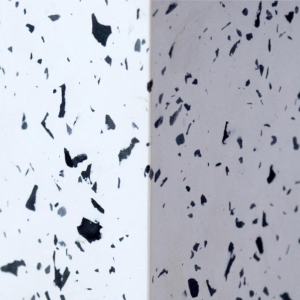aquí estamos y aquí seguiremos / here we are and here we will be
Event Description
Aquí estamos / here we are artists and collaborators join curator, Juan Carlos Rodríguez Rivera, and independent curator from Colectivo Se Habla Español, Natalia Viera Salgado, for a live online conversation. How do we imagine collective futures from a domestic space? What privileges does that entail? How have shelter-in-place and lockdowns affected each individual artists’ practice?
FEATURING
Marcela Pardo Ariza
Zulfikar Ali Bhutto
Pati Cruz
Cristóbal Guerra
Awilda Rodríguez Lora
Lis / Simón
Juan Carlos Malavé
DATE & TIME
Tuesday
June 30, 2020
5 – 6pm / PST
LOCATION
Online, virtual link will be sent out with registration
ACCESS
Live Cart Captioning and audio Spanish translators
EXHIBITION CURATOR BIO
Juan Carlos Rodríguez Rivera is a cuir boricua visual communicator and educator, passionate about food, lover of ephemeral objects, gradients and anything with glitter. Juan Carlos was born and raised in Cataño, the smallest town of Puerto Rico, but relocated to San Francisco, California in 2017. Juan Carlos combines anticolonial community-based knowledge exchange with site-specific installations and graphic design to create visual narratives that honor ancestral practices, decenter eurocentric perspectives and propose new autonomous futures. Juan Carlos es un diseñador y profesor, apasionado de la comida, amante de los objetos efímeros, y cualquier cosa con escarcha. Juan Carlos nació y creció en Cataño, el pueblo más pequeño de Puerto Rico pero se mudo a San Francisco, California en el 2017. Juan Carlos combina el intercambio de conocimiento comunitario y anticolonial con instalaciones “site-specific” y diseño gráfico para crear narrativas que honran las prácticas ancestrales, descentralizar lo eurocéntrico y proponer futures nuevo y autónomos.
PANEL GUEST CURATOR BIO
Natalia Viera Salgado is a Puerto Rican independent curator and curatorial consultant based in New York City and Puerto Rico and currently the Curatorial Resident at the Abrons Arts Center, NYC. She is also the co-founder of: Pública Espacio Cultural, an independent art space in Alto del Cabro, Santurce Puerto Rico. Her art historical research focuses on contemporary art concerning decolonial practices, architecture, social and environmental justice, and new media with a keen interest in hybrid and interdisciplinary projects. She has worked at the Institute of Puerto Rican Culture for the 4th Poly/Graphic Triennial Latin America and the Caribbean, collaborated with design studio División de Diseño(Puerto Rico), worked at El Museo del Barrio (New York, NY), Art in General (Brooklyn, New York), Socrates Sculpture Park (Queens, New York) and The Nathan Cummings Foundation (New York) among other institutions. Viera is a founding member of Colectivo se habla español, a collective working on artistic and social projects that expand the limits of language while addressing migration, identity, human rights, and memory.
ABOUT THE EXHIBITION
Aquí estamos / here we are is an online exhibition, an act of collective solidarity, regeneration and celebration between queer artists from the Bay Area and Puerto Rico redefining the domestic space. Under the circumstances of the shelter-in-place in the Bay Area and the lockdown in Puerto Rico, the question of what a domestic space is, what it should be for and what it should do, has shifted. Aquí estamos / here we are fosters conversations and collaborations amongst artists from two places that are home to joyful, persevering, and active communities. As queers of color, re-imagining our futures includes rejecting the past as “the normal” and questioning our own relationships with what is considered a domestic, private or safe space.
Once a week throughout June, artists will share work through intimate online conversations and a virtual exhibition that will take over Queer Cultural Center’s Instagram. They are creating work by rethinking what a domestic space is and could be. At the end of June, all the artists will gather to have an open conversation with the show’s curator on how we reimagine collective futures from a domestic space. These creations and conversations will be in a digital publication available later this year.

 Foto por Cristóbal Guerra Naranjo
Foto por Cristóbal Guerra Naranjo





